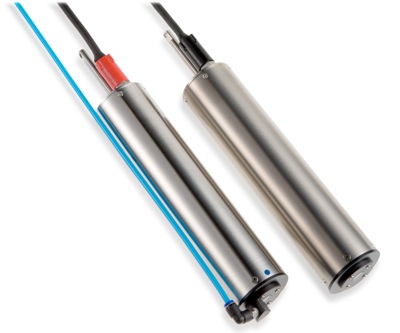Nov 30 2012
The installation of a continuous oil-in-water monitor in coolant water at a steel re-processing plant has prevented downtime and avoided costly and time-consuming laboratory analysis.

The steel manufacturing industry relies onclosed loop generation and recycling of steam as an energy efficient means of process control. Generated steam is used to raise the temperature of mineral oil based heat transfer fluidsand later condensed back into water for use as a coolant fluid. However, any cracks on the heat exchanger surface cause leakage of mineral oil into the condensate, which could result in a discharge consent failure and cause plant shut-down during remedial work.
A large steel re-processing group has traditionally relied on daily physical checks to identify hairline cracks in the metalwork, in conjunction with analysis of effluent water for trace oil loading. Previously, water samples had to bemanually collected and transported to the laboratory which incurred ongoing extra costs and delays in test results that could prevent timely action in the event of a leak.
Following consultation with HACH LANGE, an FP360sc dissolved oil in water probe was installed in a flow-cell assembly on the outlet of the coolant water feed line.With instant warning of line leakages, extensive downtime and the associated costs of late intervention are now avoided. Additional benefits include:reduced operational costs associated with sample collection and transport, avoidance of health & safety issues related to reagent handling in the laboratory,significant improvements in uptime, and closer control of discharge to the environment (current consent limit at 10ppm).
Summarising the advantages of continuous measurement, HACH LANGE’s Dr Patsy Rigby says: “Even the smallest traces of oil can pollute large volumes of water, so online monitoring ensures that alarms can be raised to enable prompt remedial action.”
“The FP 360 sc is designed to monitor surface water, process water and industrial water and is available in stainless steel or titanium. It can detect polycyclic aromatic hydrocarbons from 1.2 ppb up to 5000 ppb (ìg/L) or mineral oils from 0.1 to 150 ppm (mg/L) and with no calibration necessary and maintenance limited to a 2 yearly lamp calibration and a 4 yearly lamp replacement, this instrument is extremely easy to operate.”